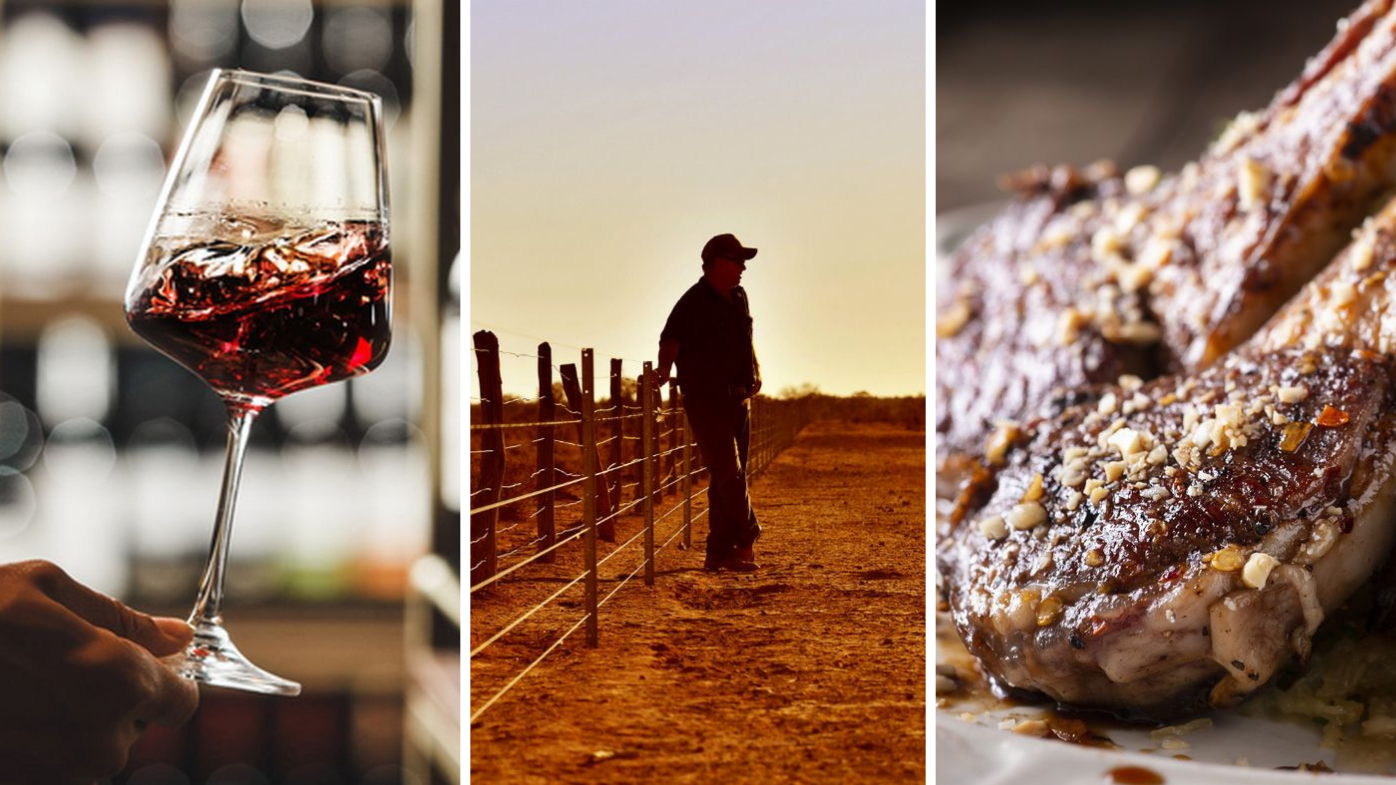
Farmers in Victoria and South Australia are battling a crippling drought, but one expert offers some hope for shoppers.
A crippling drought described as the worst in decades is devastating regional Victoria and South Australia.
Small communities and agricultural producers are doing it tough and have warned of potential collapse as they plead for urgent government assistance.
And with household budgets tight and stretched around the country, consumers are looking at the shelves wondering if they'll start seeing prices start to shoot up - or worse, empty spaces - as producers dig in for the lean times.
READ MORE: Farmer's plea as drinking water runs out in drought
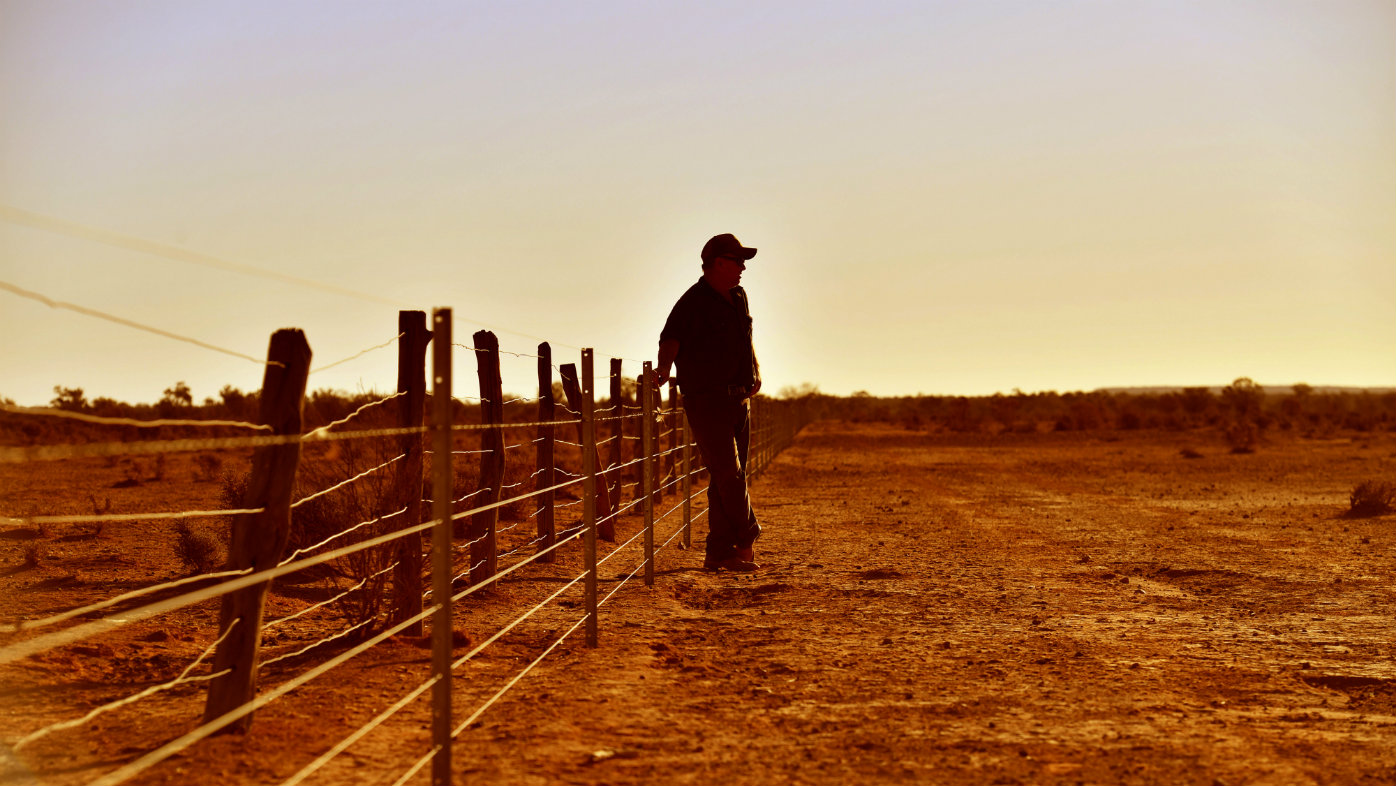
Should shoppers be worried?
Industry analyst and managing director at Food Industry Foresight Sissel Rosengren has some reassuring news for households, although, she says, many Australian producers are still "struggling".
"It fluctuates, but on a national scale, Australia is very resilient to these types of supply shocks," she said.
"Shortages are likely to be more localised in the supply chain. Longer, centralised supermarket supply models are more flexible and will already be assessing and working rapidly to fill supply from other sources."
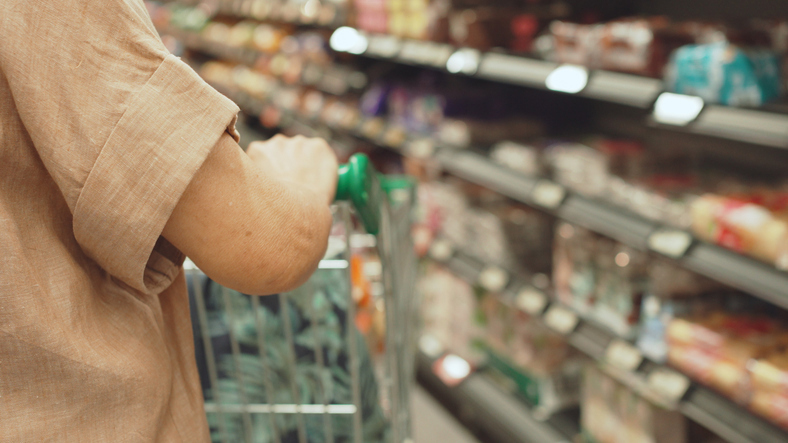
Supermarkets contacted by 9news.com.au indicated they were not worried about supply and were working with producers around the country to keep shelves stocked.
Rosengren said the lessons learned during the COVID-19 pandemic also stood the country in good stead, from the importance of diversifying supply chains, to the need for food businesses to stay ahead of supply issues.
"Even with the recent avian flu, with periods of little to no egg cartons on the shelves in supermarkets – there is a lot of work put in along the supply chain to find ways to correct, which is why you can still buy eggs, even if not as abundantly," she said.
Are any foods in particular likely to be affected?
Any shortfalls in production from commodities like beef and grain from Victoria and South Australia can likely be made up from other states which are major producers, Rosengren said.
"Victoria is a leader for lamb and mutton however, so there might be some pressure on that commodity as a result, though NSW and Western Australia also contribute significantly," she said.
"Another one would be wine grapes, considering South Australia is the highest producer by volume.

"Both South Australia and Victoria are significant horticultural producers, but it is a mix that can be supplied from elsewhere also."
It's also possible the market could see an "intermittent glut" of livestock, as producers sell off herds and flocks to save on feeding costs.
"Drought also affects producer resources, such as feed for livestock. Interstate freight is particularly expensive at the moment, which reduces the ability to supply feed from Western Australia, for example, to fill that need," Rosengren said.

"Producers are likely sourcing closer to home, such as NSW, but that places added burden in the supply chain and can impact prices."
She said this could affect the local economies where producers are being hardest hit, while broader state economies would have to bear the cost of lost production.
Will things get worse if the drought continues?
According to Rosengren, Australia imports only about 10 per cent of its food, with up to 90 per cent being grown and produced locally.
"Droughts such as these do place a constriction on supply, but due to that high domestic production, there is also room to increase the import mix to buffer the impact of the drought," she said.
"This is only seen when effects are long-term, such as years long."
But prices in the shorter term can be affected by things like export incentives, freight costs, productivity in other states, and inflation, though the latter, Rosengren said, was "getting under control".
"It is likely the most noticeable impact on shelf prices will come if there is a long, extended drought," she said.
"If you take the drought from 1996 to 2010 as an example, food prices only sharply increased from around 2005."
What does the future hold?
Rosengren said Australia's history of droughts and other environmental challenges had fuelled the construction of a robust, adaptable, resilient food industry.
Producers have also been focused on resilience and mitigation strategies to reduce the impact of drought.
But, she warned, climate change was likely to make dealing with similar situations "the new normal".
"Australian agriculture productivity has continued to improve despite challenging climate conditions, even if gains have slowed," she said.
"Australian producers are amazing at producing more with less, and this will continue with ongoing investment in research and development, innovation and technology.
"That also means our food systems continue to evolve to have the adaptability to respond and implement their own mitigation strategies."
DOWNLOAD THE 9NEWS APP: Stay across all the latest in breaking news, sport, politics and the weather via our news app and get notifications sent straight to your smartphone. Available on the Apple App Store and Google Play.
 Rate cut to put hundreds back in the pockets of borrowers as RBA delivers relief
Rate cut to put hundreds back in the pockets of borrowers as RBA delivers relief
 AS IT HAPPENED: RBA considered super-sized rate cut
AS IT HAPPENED: RBA considered super-sized rate cut
 Big four banks to pass on interest rate cut to homeowners
Big four banks to pass on interest rate cut to homeowners
 Data quizzed after cook's phone pinged near deadly mushrooms
Data quizzed after cook's phone pinged near deadly mushrooms
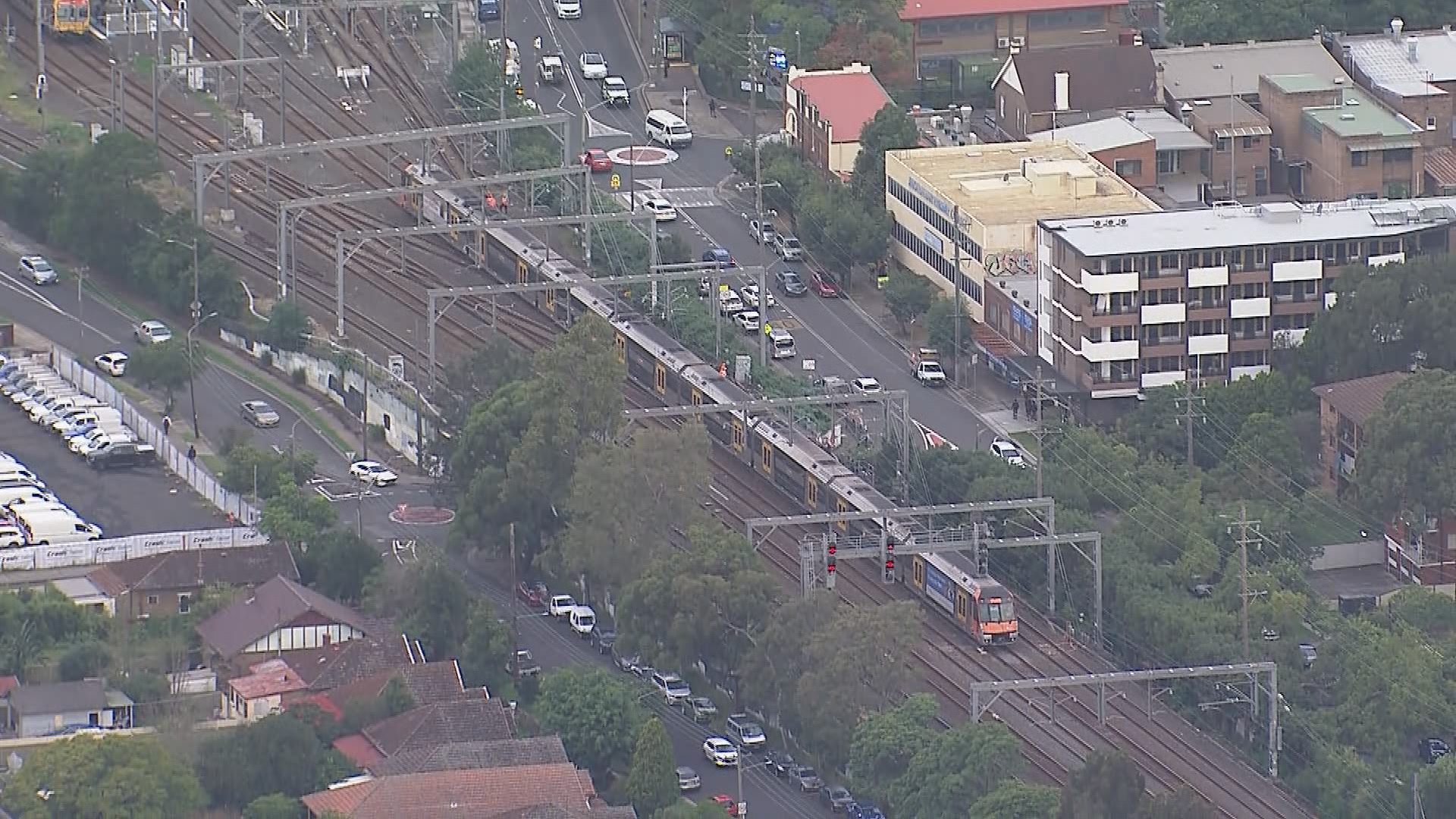 Major delays on Sydney train network
Major delays on Sydney train network
 Nationals split from Liberal Party after failing to reach agreement
Nationals split from Liberal Party after failing to reach agreement
 Australia joins coalition of countries accusing Israel of politicising aid to Gaza
Australia joins coalition of countries accusing Israel of politicising aid to Gaza
 Alleged killer cop's case progresses after months of delay
Alleged killer cop's case progresses after months of delay
 Qantas' apology for illegal sackings slammed as 'hollow'
Qantas' apology for illegal sackings slammed as 'hollow'
 'Profound sadness:' Cruise ship captain dies on board after medical emergency
'Profound sadness:' Cruise ship captain dies on board after medical emergency
 Aussie billionaire to give away half of fortune
Aussie billionaire to give away half of fortune
 These surreal trees survived for centuries. Scientists worry for their future
These surreal trees survived for centuries. Scientists worry for their future
 This 2000-piece woodpile hid one of the world's deadliest snakes
This 2000-piece woodpile hid one of the world's deadliest snakes
 Police intercept car overflowing with suspected stolen copper
Police intercept car overflowing with suspected stolen copper
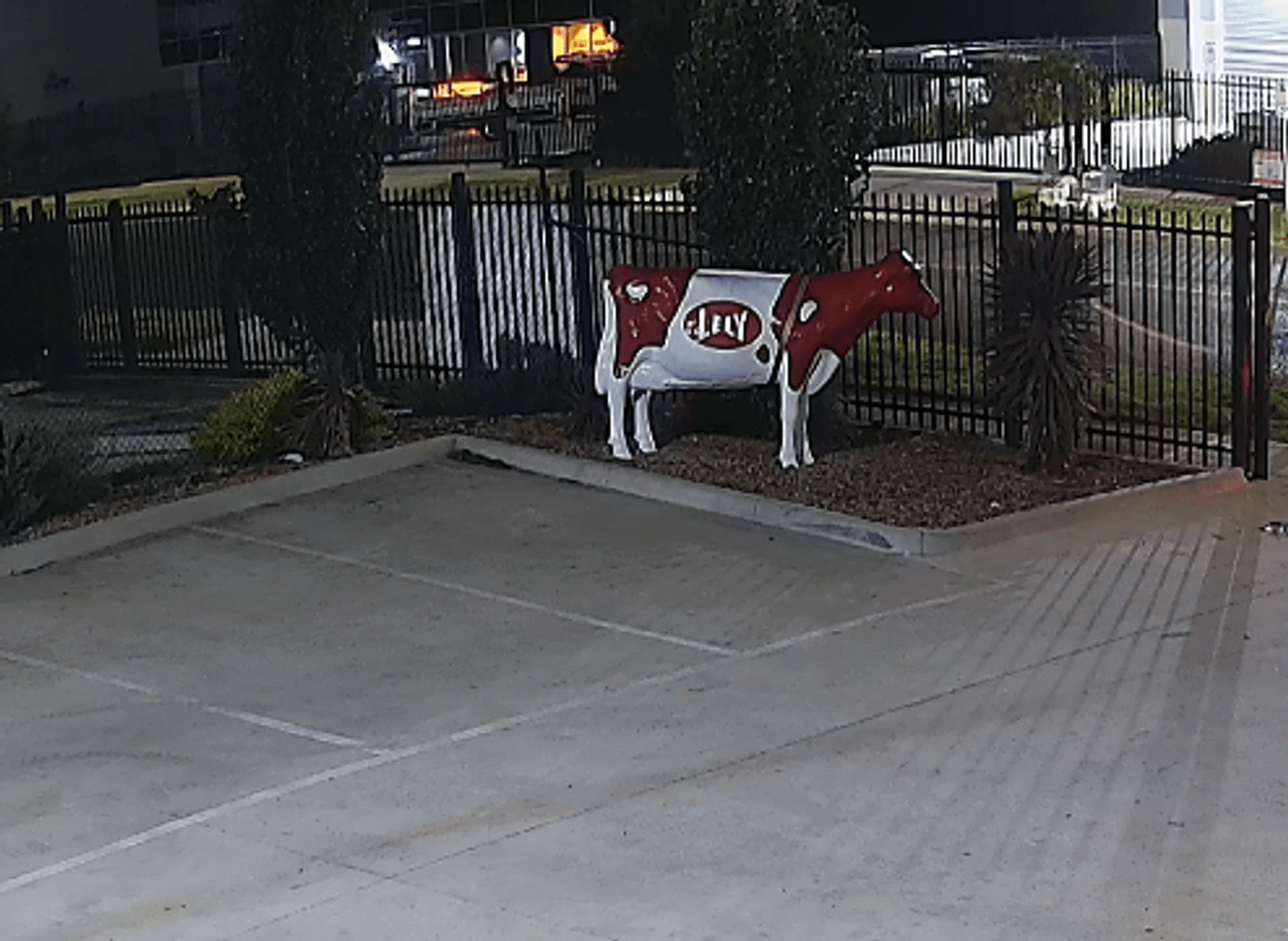 Rustlers steal $3500 fibreglass cow in Melbourne
Rustlers steal $3500 fibreglass cow in Melbourne
 Police condemn video of trio jumping between Gold Coast buildings
Police condemn video of trio jumping between Gold Coast buildings
 Evacuation centres opened, thousands without power as major flooding hits NSW
Evacuation centres opened, thousands without power as major flooding hits NSW
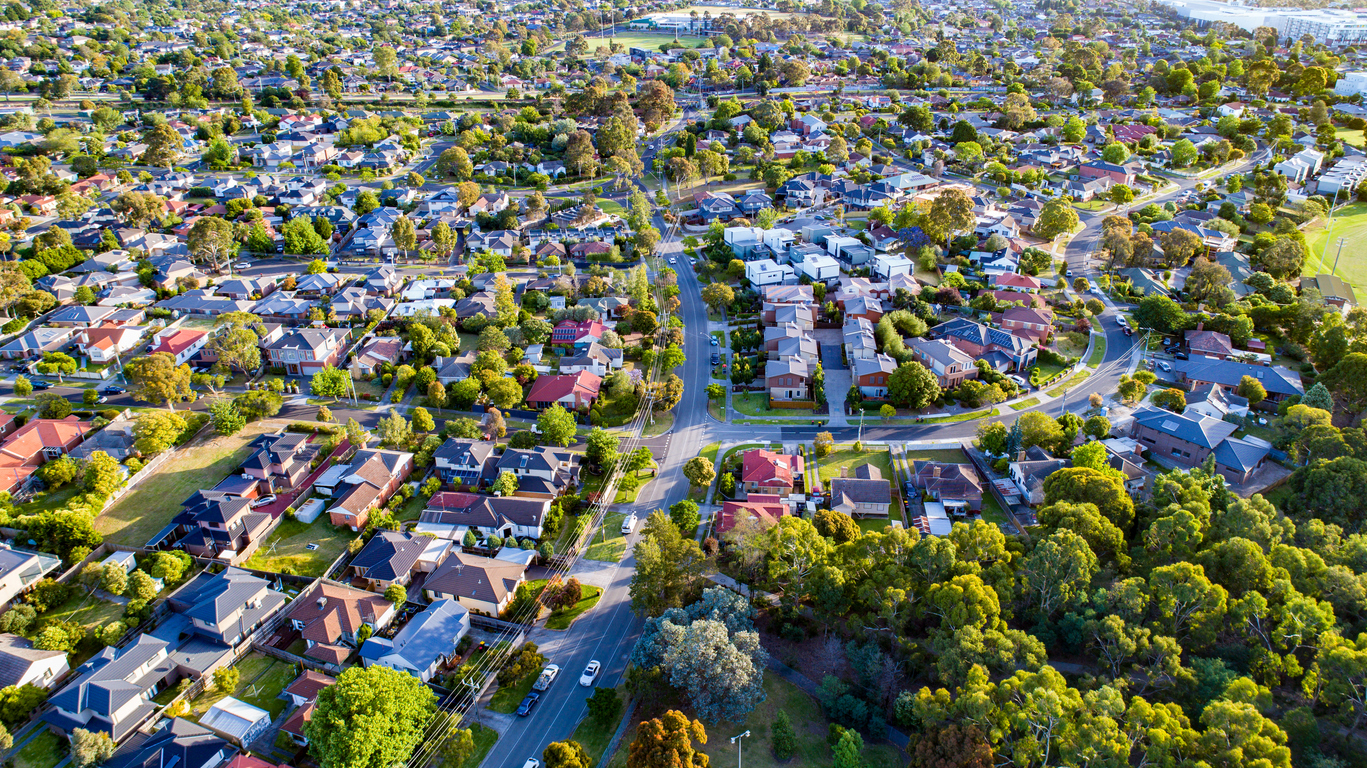 With fixed-rate home loans falling, should homeowners lock in now?
With fixed-rate home loans falling, should homeowners lock in now?






